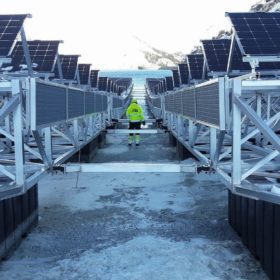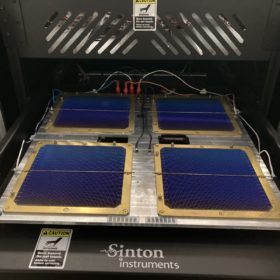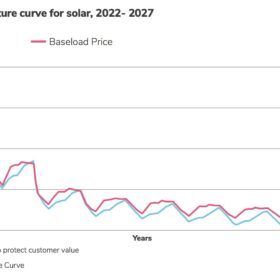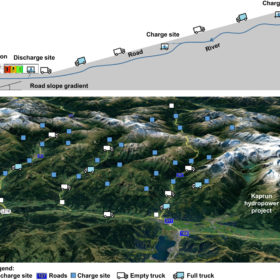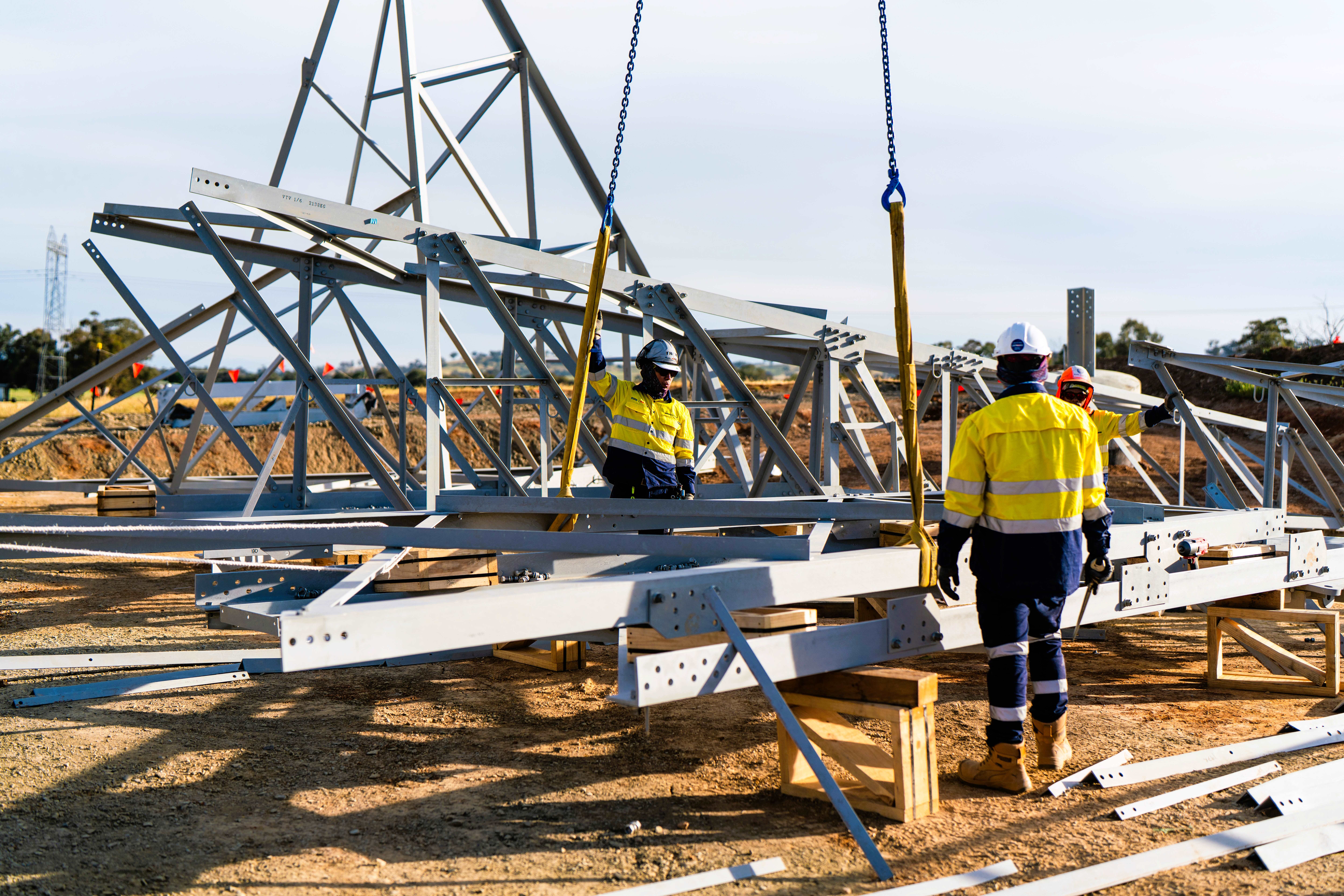High-wattage solar modules increase risk of thermal runaway
Longi Solar outlines its high-temperature mitigation logic in designing the lower current, high-wattage Hi-MO5 solar panel series.
Weekend read: keeping FPV afloat
In many parts of the world, project developers and owners are increasingly looking to floating PV as the next long-term growth market in utility-scale solar. Gian Schelling, global business development manager for Hitachi Energy, says that PV-on-water can rise above the current challenges it faces by drawing on the lessons learned from offshore wind development.
UN chief warns more fossil fuel investment is ‘delusional’
As Australia battles an energy crisis, the United Nations secretary general has called for increased investment in renewables, saying it is the only “true path to energy security”, warning new funding from governments for fossil fuel exploration or production is simply “delusional”.
Solar cell efficiencies at a glance – updated
A research group led by UNSW’s Professor Martin Green has published Version 60 of the Solar cell efficiency tables.
A simmering cauldron of renewables ‘revenue cannibalisation’
There is enormous demand for renewables to enter the grid, and for power purchase agreements to make use of them. However, as more renewables feed into the grid at intermittent periods, the risk of “revenue cannibalisation” increases. Swiss consultancy Pexapark’s latest report looks at the “cannibalisation effect” and how the solar PPA market can adapt.
IRENA reveals stark reality of electricity access for all by 2030
The International Renewable Energy Agency’s latest annual report on the progress towards the United Nation’s sustainable development goal seven estimates 670 million people will still lack electricity in 2030, and more than 2 billion will be reliant on unhealthy, polluting cooking methods.
Reaching beyond efficiency limits
An international group of scientists experimented with a concept known as a “hot junction” carrier cell, which holds the potential for efficiency beyond the theoretical limits assumed today. The group modelled various cell designs, seeking those that would be least affected by imperfections in the actual materials, compared to how they are modelled.
Storing hydropower via regenerative braking in electric trucks
An international research team has proposed the use of water from high-altitude rivers and regenerative braking in electric trucks to store electricity for reuse in power networks, or for transport purposes.
Trina Solar’s pathway to TOPCon
Trina Solar will eventually start selling TOPCon and heterojunction products, even though it built its first large-scale TOPCon project four years ago. The company says it is now making progress on TOPCon module production, despite supply chain issues.
Novel tech for extracting hydrogen gas from liquid carriers
North Carolina State University (NCSU) has developed an energy-efficient strategy for room-temperature hydrogen release from liquid hydrogen carriers, which uses less rhodium. Elsewhere in the world, Airbus launched its Zero Emission Development Centre in the UK, Toshiba ESS teamed up with Fusion Fuel to target Australian and European markets, and Corfo signed agreements to finance three renewable hydrogen projects with GNL Quintero, iCAP, and Air Liquide in Chile.

